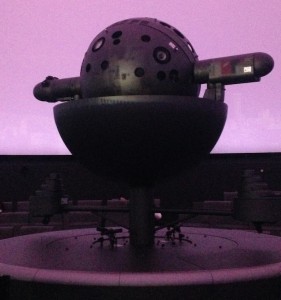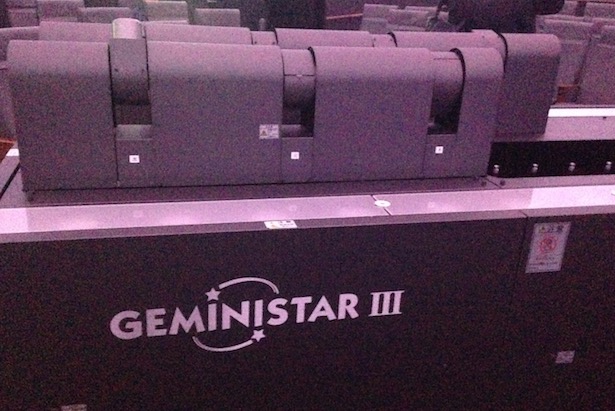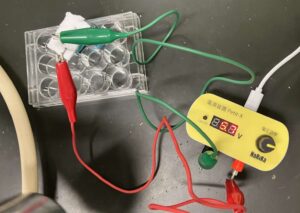Finding the “Real” Night Sky: A Science Teacher’s Guide to Cosmo Planetarium Shibuya
I’m Ken Kuwako, Science Trainer. Every day is an experiment.

Did you know there’s a place in the middle of the city where you can witness a breathtaking view of the “real night sky”? While many planetariums now feature amazing visual technology, a venue that takes the time to carefully explain “the stars you can see tonight” is actually quite rare and valuable. Recently, my Earth Science club and I visited the Cosmo Planetarium Shibuya, searching for the “original essence of a starry sky.”
Why the Shibuya Planetarium?
Our goal was to gather inspiration for building our own planetarium for a school festival. Out of all the planetariums out there, why did we specifically want to visit this one? There were two big reasons:
- It focuses on the true core of a planetarium: the projection of the stars themselves.
- The admission fee is (very) inexpensive.
These days, many planetariums are highly entertaining, offering immersive, high-tech CG journeys into space. While those are fun, what we were really looking for was a place that faithfully reproduced “the starry sky visible when you look up tonight” and patiently taught us how to observe it. This planetarium in Shibuya was a special find that truly lived up to our expectations.
Breathtaking Stars and the Depth of Live Narration
When we actually visited, spoke to the staff, and experienced the program… we were simply overwhelmed by the beauty of the starry sky!

What we particularly loved was the live narration at the beginning, focused on “Tonight’s Starry Sky.” “How many bright, first-magnitude stars can you see in the winter sky?” “What is the origin of that star’s name?”—it wasn’t just a simple introduction to constellations, but a rich, engaging commentary filled with interesting tidbits.
We had been planning for our students to explain the stars in our self-made planetarium for the school festival, but we realized that engaging the audience requires a considerable amount of knowledge, not just of astronomy, but of history and mythology, too. Hmm, this is going to be quite the challenge! We discovered a new goal.
A Chance Encounter and DIY Tips
Amidst our visit, we had the good fortune to meet a “Starry Sky Pro” teacher who happened to be visiting from Hiroshima! We told him we were planning to build a simple pinhole planetarium, and he gave us some mind-blowing, expert advice.
- “Make the holes for first-magnitude stars a little bigger, about 2mm.” (Aha! While smaller pinholes are sharper, making the hole slightly larger for brighter stars increases the light, which helps convey their true brightness!)
- “It’s fun to put red cellophane over the hole for Antares.” (Antares, the heart of the Scorpio constellation, is famous for its reddish glow. Replicating that color adds a powerful sense of realism!)
Gaining these practical insights was a huge bonus.
Touching the Depths of Space
All in all, this is a planetarium that makes me want to visit again in my own private time! It’s definitely number one on my personal planetarium ranking (lol). Since it’s close to Shibuya Station, I highly recommend everyone go and immerse yourselves in this “real starry sky commentary.”
Inquiries and Requests
Bring the wonder and fun of science closer to you! I put together easy-to-understand guides for fun science experiments you can do at home, along with tips and tricks. Feel free to search around!
・My science blog content is now available in a book. Click here for details. ・For more about the operator, Ken Kuwako, click here. ・For various requests (writing, lectures, experiment classes, TV supervision, appearances, etc.), click here. ・Updates on articles are posted on X!
![]() The Science Content Channel is streaming experiment videos!
The Science Content Channel is streaming experiment videos!


